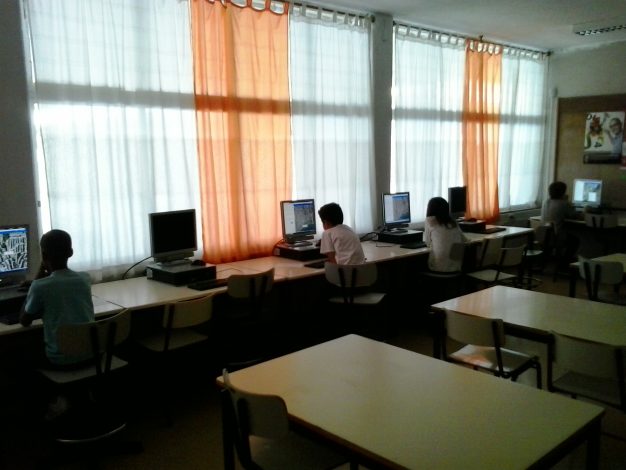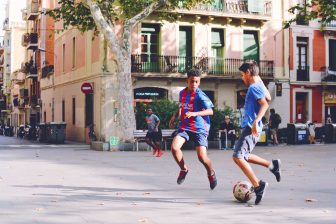
The Social Spatialists: Children as Specialists of the Social Space
We present a cross-sectional study that reveals children’s mobility and social transactions in the urban built environment, using SoftGISchildren methodology. 53 children, from year 6 to year 9, living in a modernized, water-fronted parish, located in the northeast of the city of Lisbon, participated in this research.
Using a web-map-based questionnaire (Ideal City: A game of graphic imagination) supported by SoftGISchildren methodology, children were asked to select and mark socially meaningful places according to a set of pre-established social affordances; and report about actual and ideal mobility to these places and to school. On top of this layer of data, the researcher devised a social affordances taxonomy and an urban space typology. The former allowed the researcher to create clusters of social affordances, and the latter to classify the built environment in terms of form and function, where the affordances had been marked.
In this study, and under such a methodological framework, it was possible:
- to collect data about school-home distance and distances between home and meaningful public places;
- to characterize children’s independent mobility to places where social affordances were actualized; to illustrate children’s ideal mobility to social meaningful places;
- to understand the influence of age and gender in terms of mobility to meaningful places and the actualization of social affordances;
- to describe children’s socio-physical interactions in different public spaces; and
- to portray relationships between different types of urban spaces and actualized social affordances and clusters.
This methodological triangulation constitutes a novel approach to exploring the interrelationship between children’s social behaviour, mobility and the built environment, based on children’s own perceptions and spatial experiences in the public realm of the city. It also has relevance to article 12 on the Convention on the Rights of the Child (CRC). Thus, this study’s methodological framework constitutes a valuable tool to capture meaningful place experiences and, simultaneously, reaffirm children as active participants, capable of providing valuable information about their lives in the city. Moreover, this work lays the foundations to propose a Child-City transactional model to characterize children’s social experiences in the physical environment; and to qualify children as social spatialists of the city.
About the author:
I am a PhD student in Human Movement Studies from the Faculdade de Motricidade Humana in the Universidade de Lisboa (ULisboa). My research activities are related with children’s play, autonomy, mobility and interactions on the environment. I hold a MEd in Educational Sciences specialized in the area of Social Education and Community Intervention and a Degree in Psychology. I am also an experienced play worker. Currently, I am finishing to write my PhD thesis on children’s independent mobility and affordances in the urban environment; and I am involved in the implementation of projects on children’s participatory school playground design.
Author: Frederico Lopes who will be a speaker at the 2016 Child in the City Conference




